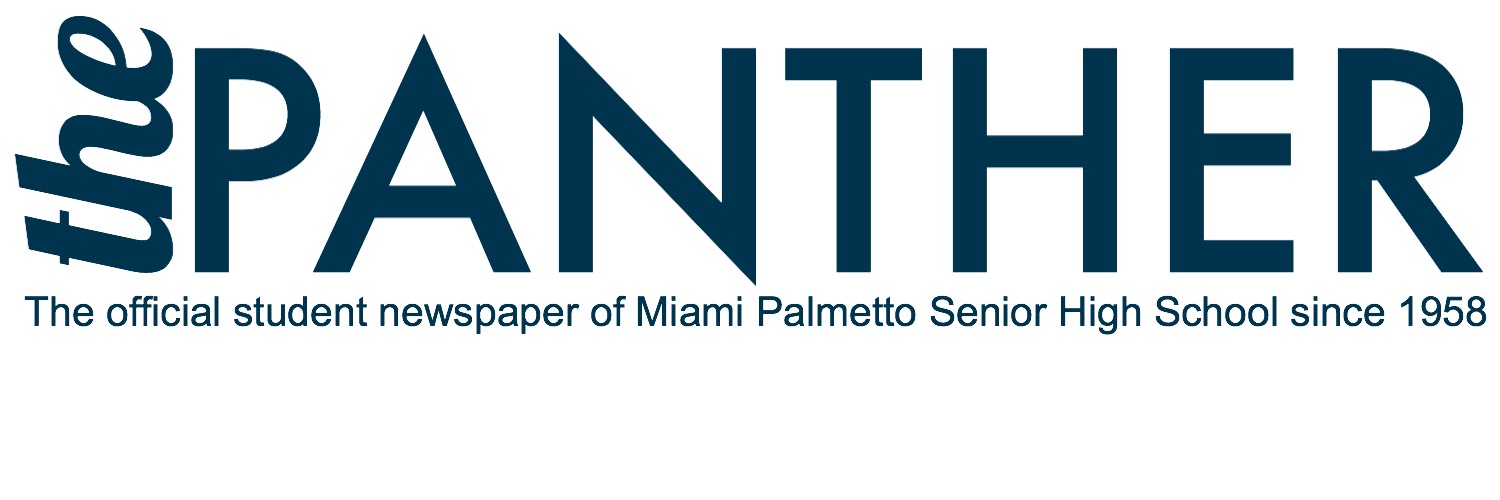Panic in Paradise: The False Alarm That Shook Hawaii
January 25, 2018
On Jan. 13, residents of Hawaii woke up to an alert of a ballistic missile heading toward the island. The alert surfaced around eight a.m., interrupting all phones and television programs. The alert read: “Ballistic missile threat inbound to Hawaii. Seek immediate shelter. This is not a drill.”
This notification was all that civilians heard. No further instruction, no tips on how to stay safe and survive after the blast and no plan. An additional message appeared on television later: it read, “if you are indoors, stay indoors. If you are outdoors, seek immediate shelter in a building. Remain indoors well away from windows. If you are driving, pull safely to the side of the road and seek shelter in a building or lay on the floor.”
Although the second message was more informative than the first, it was only seen on television which rendered it unnoticed by many.
While the notification was debunked 38 minutes later as a false alert, it was 38 minutes of absolute chaos and panic. According to PBS News, citizens hid under beds, in bathtubs and anywhere they could find during the madness.
Similarly to Hawaii, Florida has no emergency plan set in place if a missile attack were to occur.
“I don’t think we can assume that in the case of a nuclear war we’re not a target. I mean nuclear submarines can certainly come into Florida,” AP United State’s government teacher Ken Spiegelman said. “The Cuban Missile Crisis taught us that if missiles ended up in Cuba, Miami certainly would be in the target zone. So I don’t think there is anywhere in the United States that is safe in the event of a nuclear attack.”
In today’s technologically advanced and political climate, the threat of ballistic and nuclear attacks has become a very real possibility. This is especially evident in places such as Hawaii and Alaska because of their close proximity North Korea, a nation that has threatened to use nuclear weapons on the US before.
While plans and drills could be effective and helpful to have in the case of disaster striking, it is debated whether it is necessary for South Florida to have one in place because of its location.
“I don’t completely believe that Miami is in need of a ballistic missile practice and planning,” sophomore Chloe Wilson said. “We’re on the other side of the United States, I’m not in an area that I am concerned about these incidents.”
The original intention of what became a national panic in Hawaii was a simply a drill. But when the drill was accidentally sent out as an alert message, it was made apparent that the island was not nearly prepared for a possible ballistic attack.
Despite the fear and chaos that consumed those 38 minutes, it can be seen as a learning experience teaching preparation in the case of a real ballistic missile attack. “We have to take the situation seriously, but not quite as seriously as places such as Hawaii should,” Wilson said.
Since the incident, the Hawaii Emergency Management Agency has been working towards educating the public on measures and steps to take in order to ensure safety, such as providing them with further information and instructions to better prepare them.
